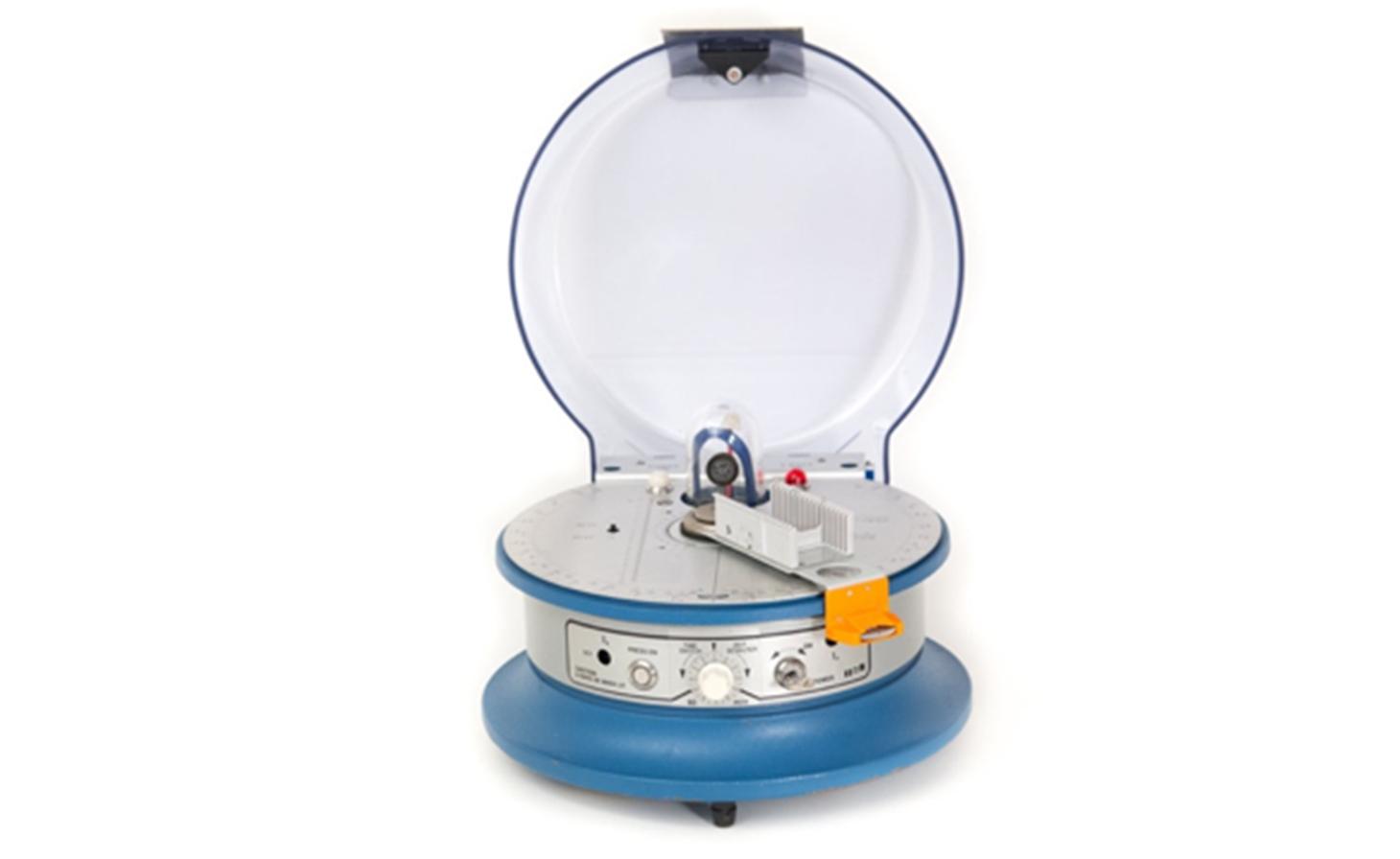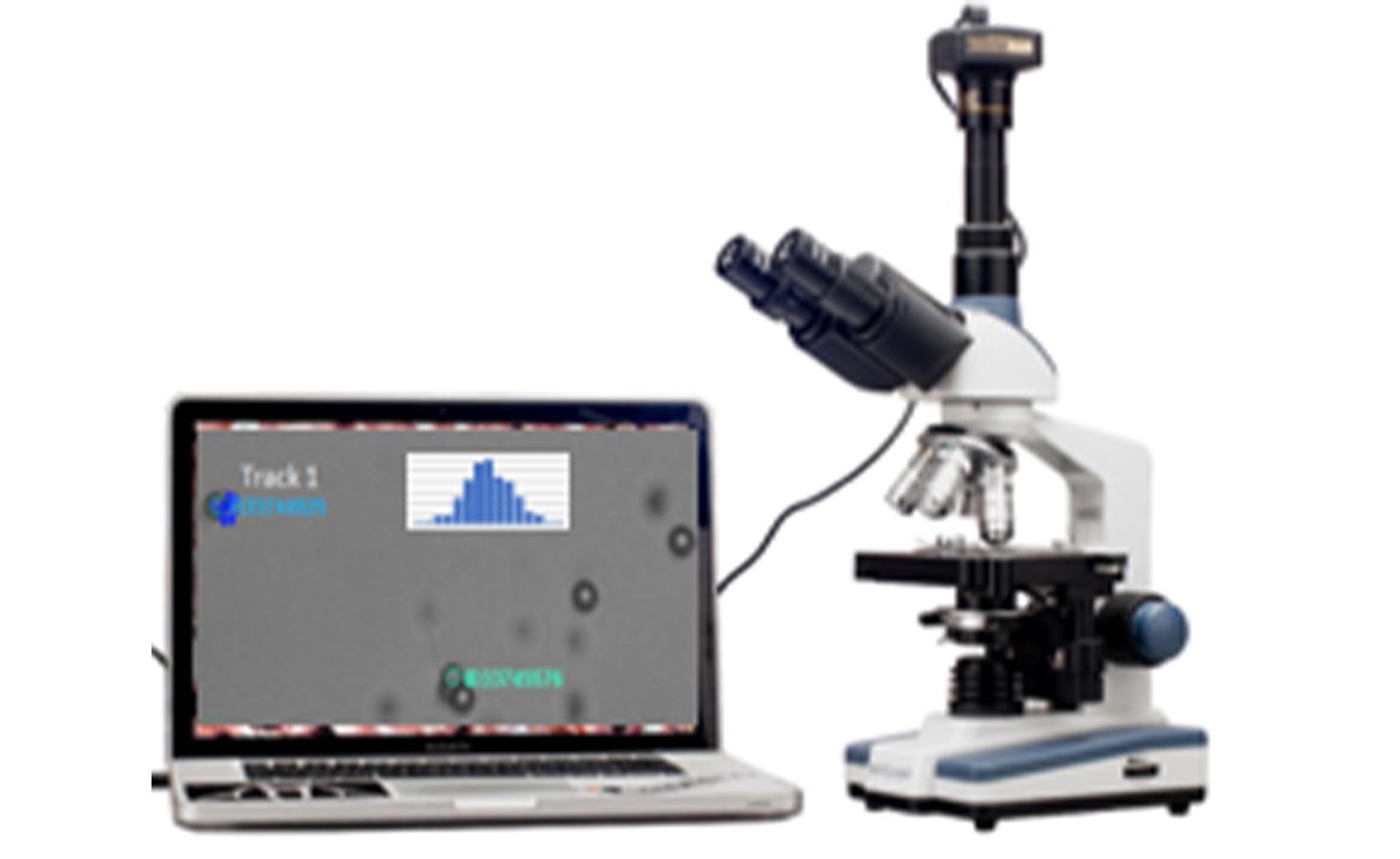PH 317 — Experimental Physics (3 credits) is one of two Writing Intensive Curriculum courses in physics (the other is PH 403 — Thesis). PH 317 offers an in-depth experience with a few experiments coupled strongly with writing experience, just like the thesis option.
PH 317: Experimental Physics
PH 317: Experimental Physics

Experiments
Experiment 1
We measure the air exchange rate in the Weniger labs using dry ice and a carbon dioxide sensor. It's certainly relevant to COVID practices and is an interesting test of exponential decay models.
Experiment 2
We measure x-ray emission from metals and x-ray absorption by metals. We uncover some fascinating quantum mechanics of multi-electron atoms and we learn how this technique is applied in modern chemical analysis of solids. It is also an ideal situation to apply some basic statistics to quantify the uncertainty in the measurements. Understanding the underlying physics of the apparatus is a key part of making sense of the entire experiment. Writing about the physics, the apparatus, the analysis and communicating with graphs and pictures takes place all through the experiment. You keep an electronic lab notebook (OneNote) and present your results and analysis weekly to your peers. We spend 3-4 weeks on the experiment, so you can refine data, retake it, analyze carefully, just as we do in a research lab. Those who have time to explore independently can design an experiment to investigate x-ray diffraction.
Experiment 3
We measure the diffusive motion of micron-sized polystyrene spheres in water. We find evidence for atoms! We learn to quantify this random motion. We learn how this technique is important in modern biophysics. We use advanced microscopes and learn the basics of image analysis, a highly sought-after skill. We again have an ideal situation to apply some basic statistics. Writing about the physics, the apparatus, the analysis and communicating with graphs and pictures takes place all through the experiment. You keep an electronic lab notebook (OneNote) and present your results and analysis weekly to your peers. We spend 3-4 weeks on the experiment, so you can refine data, retake it, analyze carefully, just as we do in a research lab. Those who have time to explore independently can investigate the motion in another fluid (pond scum?) or design an extension of the basic experiment.

WIC outcomes
The goal of this WIC course is for you to write as a professional experimental physicist would, just as in PH403. You write technical reports for the experiments and review the work of your peers. The time devoted to each experiment allows for revision and rewriting.
Enrolling in PH 317
Please check the schedule of classes for scheduling information. Departmental permission is needed for enrollment — contact Matt Graham (PH 317 instructor). Priority for enrollment goes to graduating seniors who have not enrolled in PH403, but they must make their intentions known early. Second priority goes to juniors who do not intend to enroll in PH 403. For these students, the PH 401 requirements will be waived and elective physics courses substituted. This prioritization allows the department to allocate resources equitably (in this case faculty time).
Third priority goes to juniors who wish to take PH 401/403 in addition to PH 317 and to seniors who are currently enrolled in or have completed PH 401/403. Once your enrollment is approved, the physics office will set registration privileges for you.
Contact us with questions
- Matt Graham, PH 317 instructor graham@physics.oregonstate.edu
- David McIntyre, Head Undergraduate Advisor mcintyre@oregonstate.edu
Last update 11/17/2022



